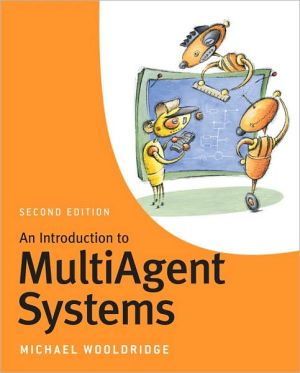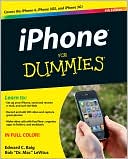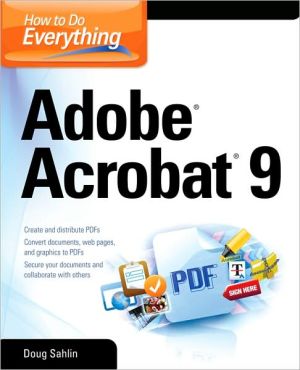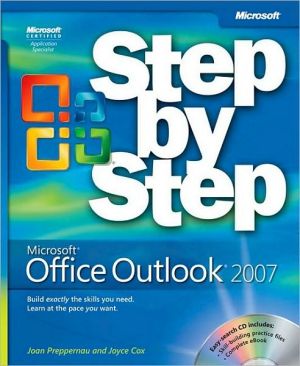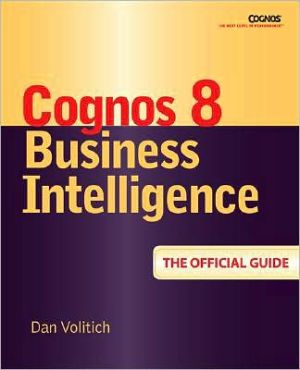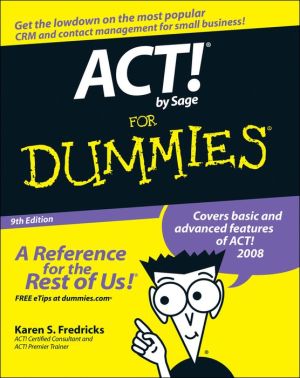An Introduction to MultiAgent Systems
The eagerly anticipated updated resource on one of the most important areas of research and development: multi-agent systems\ Multi-agent systems allow many intelligent agents to interact with each other, and this field of study has advanced at a rapid pace since the publication of the first edition of this book, which was nearly a decade ago. With this exciting new edition, the coverage of multi-agents is completely updated to include several areas that have come to prominence in the last...
Search in google:
The study of multi-agent systems (MAS) focuses on systems in which many intelligent agents interact with each other. These agents are considered to be autonomous entities such as software programs or robots. Their interactions can either be cooperative (for example as in an ant colony) or selfish (as in a free market economy). This book assumes only basic knowledge of algorithms and discrete maths, both of which are taught as standard in the first or second year of computer science degree programmes. A basic knowledge of artificial intelligence would useful to help understand some of the issues, but is not essential. The book’s main aims are: To introduce the student to the concept of agents and multi-agent systems, and the main applications for which they are appropriate To introduce the main issues surrounding the design of intelligent agents To introduce the main issues surrounding the design of a multi-agent society To introduce a number of typical applications for agent technology
Preface. Acknowledgements. Part I Setting the Scene. 1 Introduction. 1.1 The Vision Thing. 1.2 Some Views of the Field. 1.3 Frequently Asked Questions (FAQ). Part II Intelligent Autonomous Agents. 2 Intelligent Agents. 2.1 Intelligent Agents. 2.2 Agents and Objects. 2.3 Agents and Expert Systems. 2.4 Agents as Intentional Systems. 2.5 Abstract Architectures for Intelligent Agents. 2.6 How to Tell an Agent What to Do. 3 Deductive Reasoning Agents. 3.1 Agents as Theorem Provers. 3.2 Agent-Oriented Programming. 3.3 Concurrent MetateM. 4 Practical Reasoning Agents. 4.1 Practical Reasoning=Deliberation+Means-Ends Reasoning. 4.2 Means-Ends Reasoning. 4.3 Implementing a Practical Reasoning Agent. 4.4 The Procedural Reasoning System. 5 Reactive and Hybrid Agents. 5.1 Reactive Agents. 5.2 Hybrid Agents. Part III Communication and Cooperation. 6 Understanding Each Other. 6.1 Ontology Fundamentals. 6.2 Ontology Languages. 6.3 RDF. 6.4 Constructing an Ontology. 6.5 Software Tools for Ontologies. 7 Communicating. 7.1 Speech Acts. 7.2 Agent Communication Languages. 8 Working Together. 8.1 Cooperative Distributed Problem Solving. 8.2 Task Sharing and Result Sharing. 8.3 Result Sharing. 8.4 Combining Task and Result Sharing. 8.5 Handling Inconsistency. 8.6 Coordination. 8.7 Multiagent Planning and Synchronization. 9 Methodologies. 9.1 When is an Agent-Based Solution Appropriate? 9.2 Agent-Oriented Analysis and Design. 9.3 Pitfalls of Agent Development. 9.4 Mobile Agents.10 Applications. 10.1 Agents for Workflow and Business Process Management. 10.2 Agents for Distributed Sensing. 10.3 Agents for Information Retrieval and Management. 10.4 Agents for Electronic Commerce. 10.5 Agents for Human-Computer Interfaces. 10.6 Agents for Virtual Environments. 10.7 Agents for Social Simulation. 10.8 Agents for X. Part IV Multiagent Decision Making. 11 Multiagent Interactions. 11.1 Utilities and Preferences. 11.2 Setting the Scene. 11.3 Solution Concepts and Solution Properties. 11.4 Competitive and Zero-Sum Interactions. 11.5 The Prisoner’s Dilemma. 11.6 Other Symmetric 2 x 2 Interactions. 11.7 Representing Multiagent Scenarios. 11.8 Dependence Relations in Multiagent Systems. 12 Making Group Decisions. 12.1 Social Welfare Functions and Social Choice Functions. 12.2 Voting Procedures. 12.3 Desirable Properties for Voting Procedures. 12.4 Strategic Manipulation. 13 Forming Coalitions. 13.1 Cooperative Games. 13.2 Computational and Representational Issues. 13.3 Modular Representations. 13.4 Representations for Simple Games. 13.5 Coalitional Games with Goals. 13.6 Coalition Structure Formation. 14 Allocating Scarce Resources. 14.1 Classifying Auctions. 14.2 Auctions for Single Items. 14.3 Combinatorial Auctions. 14.4 Auctions in Practice. 15 Bargaining. 15.1 Negotiation Parameters. 15.2 Bargaining for Resource Division. 15.3 Bargaining for Task Allocation. 15.4 Bargaining for Resource Allocation. 16 Arguing. 16.1 Types of Argument. 16.2 Abstract Argumentation. 16.3 Deductive Argumentation Systems. 16.4 Dialogue Systems. 16.5 Implemented Argumentation Systems. 17 Logical Foundations. 17.1 Logics for Knowledge and Belief. 17.2 Logics for Mental States. 17.3 Logics for Cooperation. 17.4 Putting Logic to Work. Part V Coda. A. A History Lesson. B. Afterword. Glossary of Key Terms. References. Index.
